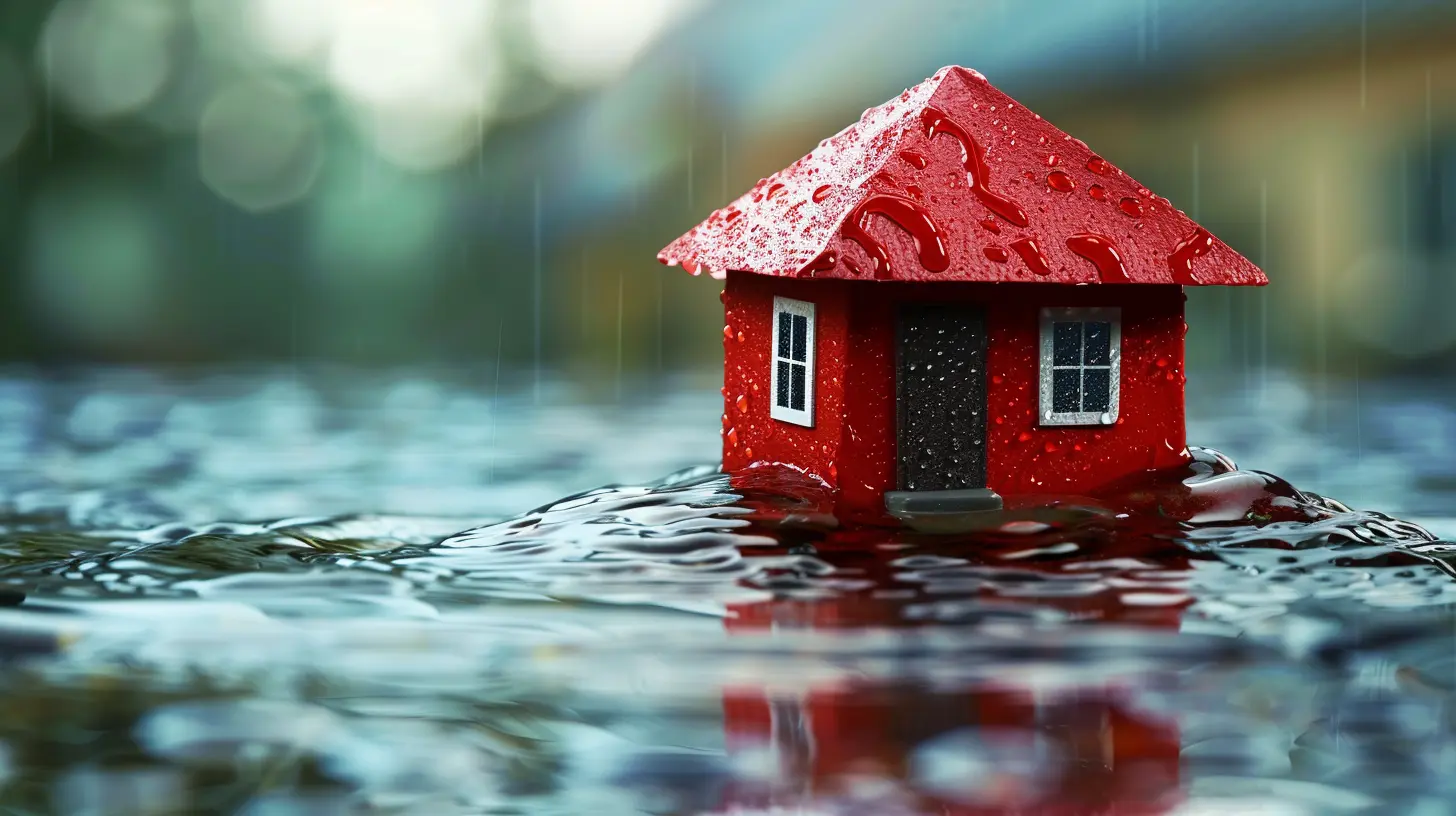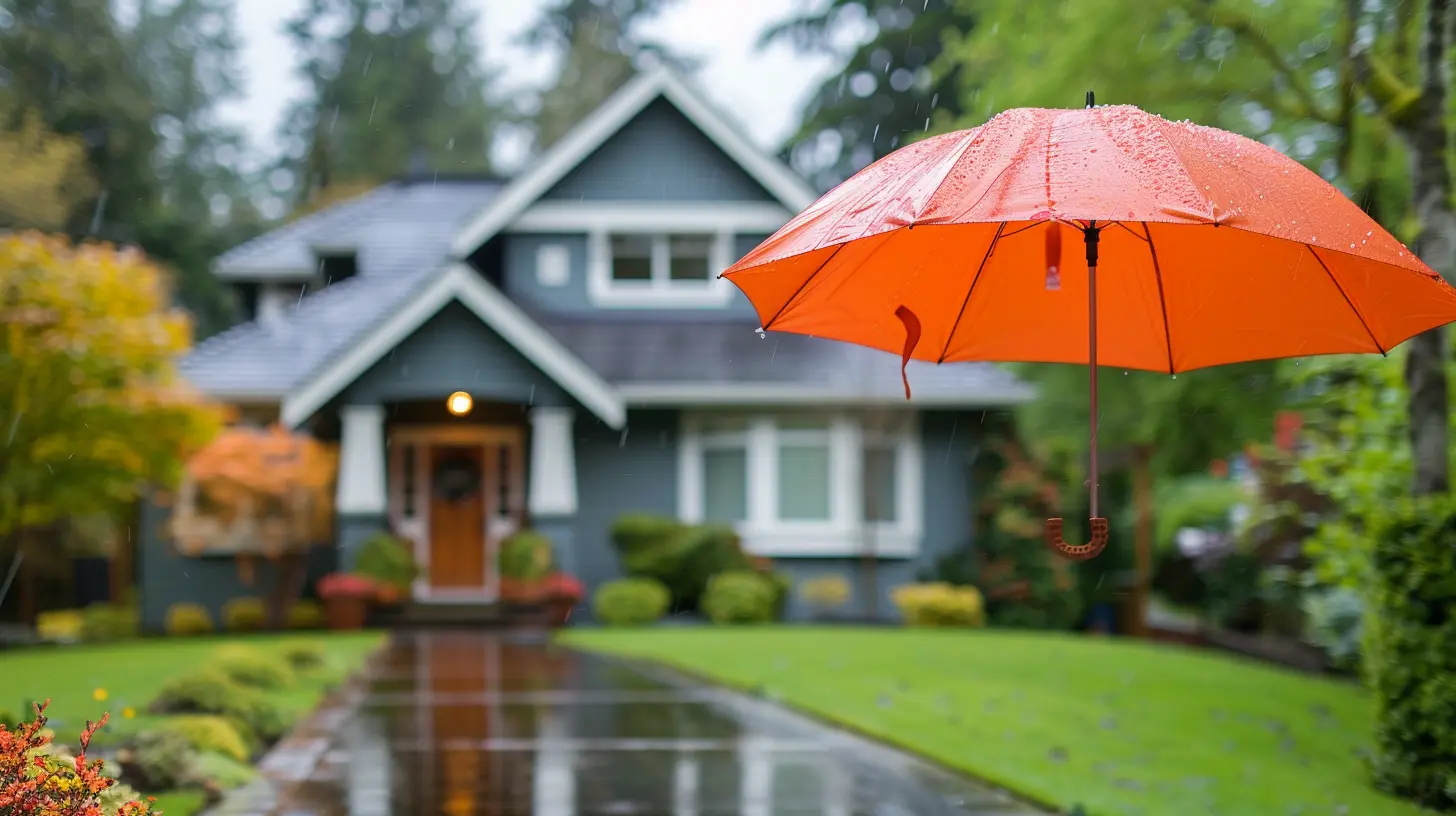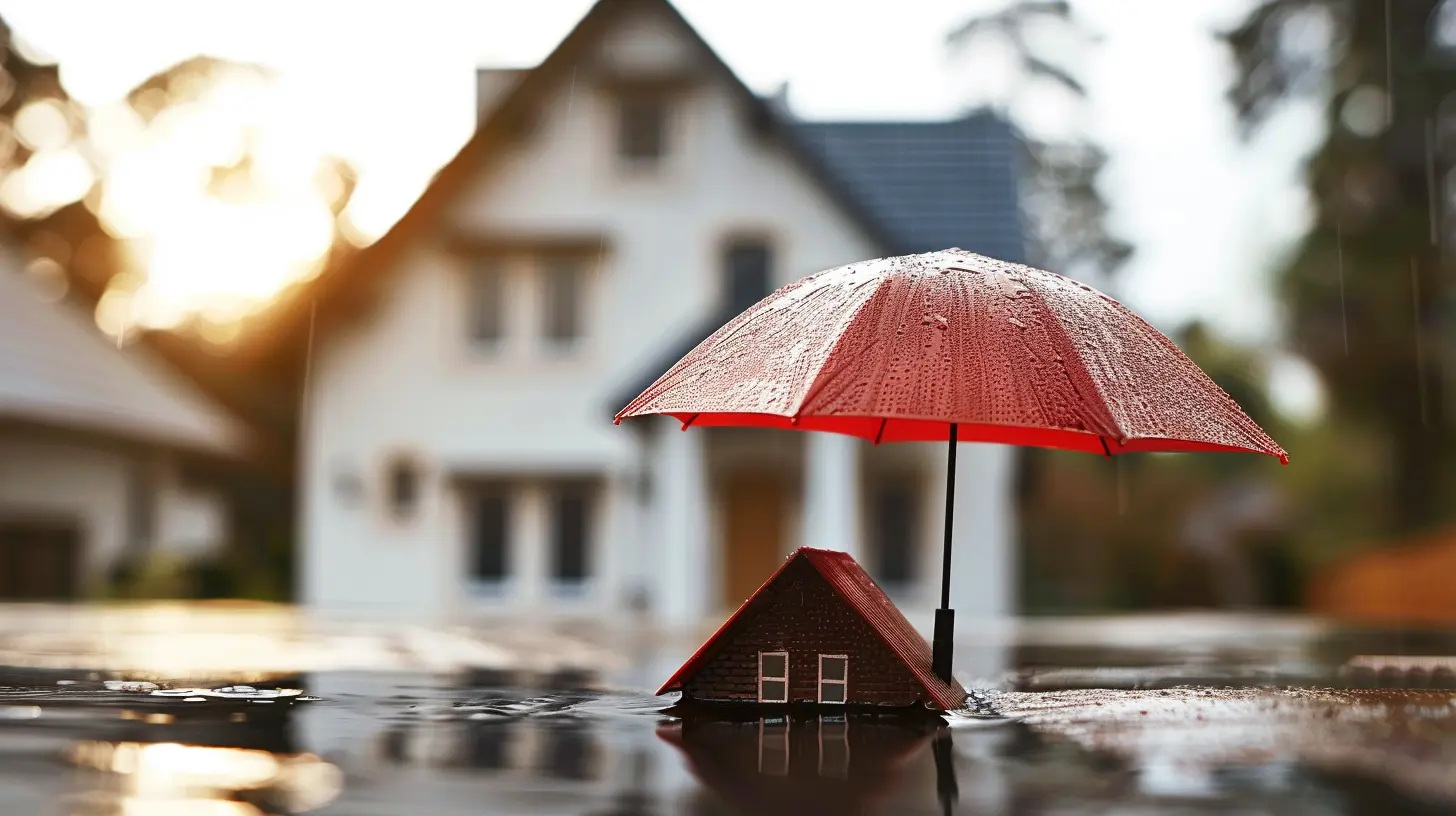Homeowners Insurance for First-Time Buyers: A Simple Guide
12 July 2025
Buying your first home is an exciting milestone! You’ve finally found a place to call your own, but before you pop the champagne, there’s something crucial you need to take care of—homeowners insurance.
If you're a first-time homebuyer, navigating the world of insurance might seem overwhelming. What does it cover? How much do you need? And how do you make sure you’re getting the best deal? Don’t worry; we’ve got you covered! This guide will break it down in a way that’s easy to understand and (dare we say) even enjoyable. 
What is Homeowners Insurance?
Think of homeowners insurance as a safety net for your most valuable asset—your home. It’s a policy that protects you financially if something unexpected happens, like a fire, theft, or even a nasty storm that damages your roof. Without insurance, you’d have to cover these costly repairs out of pocket, and let’s be honest—no one wants that!Most mortgage lenders require homeowners insurance before they’ll approve your loan, so it’s not just a "nice-to-have"—it’s a must-have. 
Why is Homeowners Insurance Important?
Imagine this: You move into your dream home, and a few months later, a burst pipe floods your living room. Without insurance, you’d be stuck paying for repairs, replacements, and even temporary housing if necessary.Homeowners insurance offers peace of mind. It ensures that when life throws you a curveball, you’re not left scrambling. Here’s why it’s essential:
- Protects your home – Covers damage from things like fires, storms, and certain natural disasters.
- Covers personal belongings – If someone breaks in and steals your valuables, you’re protected.
- Provides liability coverage – If someone gets injured on your property, your insurance can help cover medical and legal costs.
- Helps with temporary living expenses – If your home becomes unlivable due to covered damage, your policy may pay for hotel stays and meals. 
What Does Homeowners Insurance Cover?
Not all policies are the same, but most standard homeowners insurance plans cover:1. Dwelling Coverage
This protects your home’s structure, including walls, roof, floors, and built-in appliances, in case of damage from fire, hail, lightning, or other disasters.2. Personal Property Coverage
Lost your laptop to a burglary? This part of your policy helps replace stolen or damaged personal belongings like furniture, electronics, and clothing.3. Liability Protection
If a guest slips on your icy driveway and decides to sue, liability coverage helps cover legal fees and medical expenses.4. Additional Living Expenses (ALE)
If your home is damaged and temporarily uninhabitable due to a covered disaster, ALE helps pay for hotel stays, meals, and other extra costs.5. Other Structures Coverage
Got a detached garage, fence, or shed? This extends coverage to other structures on your property.
What Homeowners Insurance Doesn’t Cover
While homeowners insurance is a lifesaver, it doesn’t cover everything. Here are some common exclusions:❌ Floods – You’ll need separate flood insurance for that.
❌ Earthquakes – Coverage for earthquakes requires an additional policy.
❌ Pest Infestations – Termites, rodents, and other critters are generally not covered.
❌ Wear and Tear – Routine maintenance and aging issues aren’t included.
Pro tip: Always read the fine print and ask what’s not covered before signing on the dotted line!
How Much Homeowners Insurance Do You Need?
This depends on a few key factors. You’ll want enough coverage to:✔️ Pay to rebuild your home from the ground up if it’s completely destroyed.
✔️ Replace your personal belongings if they’re stolen or damaged.
✔️ Cover liability expenses if someone gets injured on your property.
A good rule of thumb is to purchase enough dwelling coverage to match the total rebuild cost of your home—not just its market value.
Your insurance agent can help estimate your property’s replacement cost, but you can also use online calculators to get a rough idea.
How to Choose the Right Homeowners Insurance Policy
Not all home insurance policies are created equal, so shopping around is essential. Here’s how to pick the best one:1. Compare Multiple Quotes
Don’t settle for the first offer you get. Request quotes from at least three different insurance providers to find the best coverage at the best price.2. Check the Company’s Reputation
Not all insurance companies are created equal. Read customer reviews, check ratings from the Better Business Bureau (BBB), and ask for recommendations.3. Look at Deductibles and Premiums
The deductible is the amount you pay out of pocket before insurance kicks in. A higher deductible means lower monthly premiums, but more out-of-pocket costs when you file a claim.4. Bundle Policies for Discounts
Many insurance companies offer discounts if you bundle home and auto insurance. Who doesn’t love saving money?5. Ask About Discounts
Speaking of savings—ask your insurer about discounts for things like installing security systems, smoke detectors, or being claim-free for a certain period.How to Lower Your Homeowners Insurance Costs
Want to keep your monthly premium as low as possible? Try these money-saving tips:💰 Raise Your Deductible – A higher deductible means lower premiums.
🛠️ Improve Home Security – Adding security cameras, alarms, and smart locks can get you discounts.
🚫 Avoid Small Claims – Frequent claims can raise your rates, so only file a claim when necessary.
📑 Reassess Coverage Annually – Your home’s value and belongings may change, so revisit your policy every year to ensure you're not overpaying.
📦 Bundle Policies – Getting your home, auto, and life insurance from the same provider often leads to discounts.
What to Do When Filing a Home Insurance Claim
If disaster strikes, here’s a step-by-step guide to filing a homeowners insurance claim:1. Document the Damage – Take photos and videos of the affected areas and damaged items.
2. Contact Your Insurance Provider – Notify them as soon as possible to start the process.
3. Make Temporary Repairs – Prevent further damage, but keep all receipts for reimbursement.
4. Work with the Adjuster – Your insurer will send an adjuster to inspect the damage and estimate the payout.
5. Receive Payment – If the claim is approved, you’ll receive funds to cover repairs or replacements.
Patience is key, but staying proactive can help speed up the process!
Final Thoughts
Buying a home is exciting, but protecting it with the right homeowners insurance is just as important. While it may seem like just another expense, it’s actually a crucial investment in your future.By understanding your coverage, shopping smart, and looking for ways to save, you can ensure that your first home (and everything inside it!) stays safe and sound.
Now, go enjoy your new home—worry-free!
all images in this post were generated using AI tools
Category:
Homeowners InsuranceAuthor:

Kingston Estes
Discussion
rate this article
1 comments
Isabelle Hubbard
This guide is incredibly helpful for first-time buyers! It breaks down essential homeowners insurance information clearly, making it easy to understand complicated terms and choices.
July 27, 2025 at 4:10 AM

Kingston Estes
Thank you! I'm glad you found the guide helpful and easy to understand. Your feedback means a lot!


